Three years ago today, GAR was at RAF Cottesmore for the event which marked the retirement of the legendary Harrier from UK service. Gareth Stringer takes a look back at a momentous occasion.
Three years have already passed since the Harrier made its last flights in the UK. Where did that go? So much has happened since then, but I still see people posting Harrier images on social media and saying that they miss seeing the jet, and I think they really do. Harrier means something to people, to the broader public too, like Spitfire, Lancaster, Concorde and Vulcan. It’s gone (from these shores at least) but will never be forgotten.
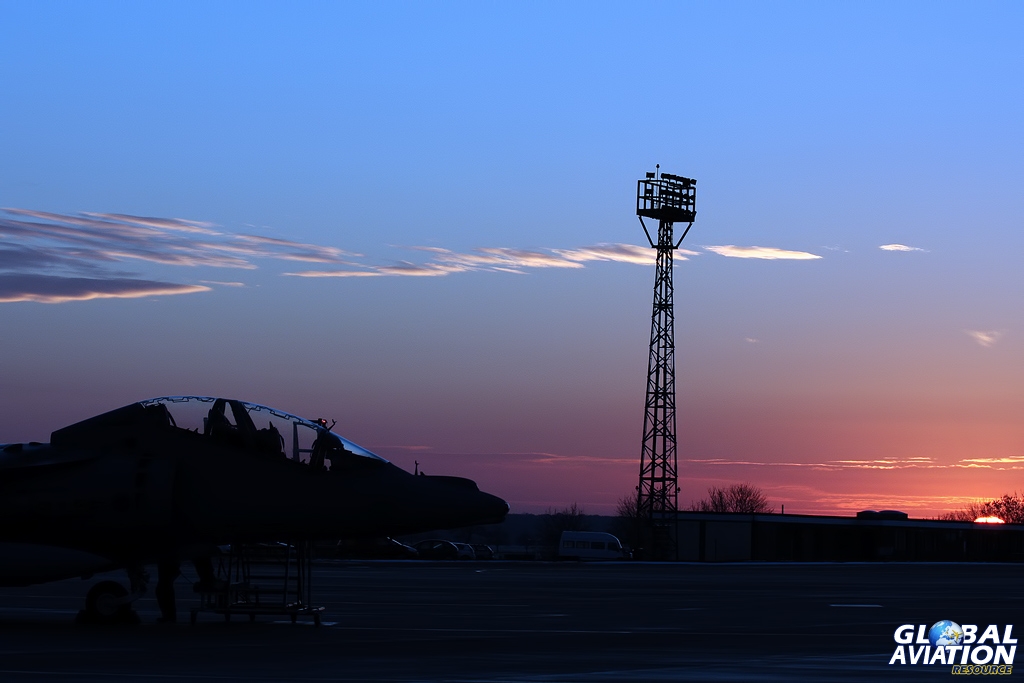
RAF Wittering © Gareth Stringer – Global Aviation Resource
Wednesday 15 December 2010 was a momentous occasion, no doubt about it. We’ve (sadly!) covered a lot of retirements since GAR launched in 2009, but the Harrier is a true British aviation icon, and the decision came as such a shock, that, for many, it still resonates to this day.
It wasn’t just significant from an aviation perspective either, and it became something which we will remember for another reason, as our coverage of the retirement resulted in us being awarded the Guild of Air Pilots and Air Navigators Award for Aviation Journalism, having been nominated by the one and only John Farley, legendary Harrier / Sea Harrier test pilot.

Wings and Wheels 2010 – Dunsfold © Gareth Stringer – Global Aviation Resource
Our starting point for the retirement was quite simple; we wanted our coverage to do the Harrier, and all those who had been involved with the aircraft in any capacity, justice. Hopefully we managed to do that, and it was a crazy few weeks, pulling content together, conducting interviews and also visiting RAF Coningsby, Dunsfold Aerodrome, RAF Wittering and RAF Cottesmore.
What follows on below, each one with a linked title and its introductory text, is the list of features that resulted from that work:
The Harrier: 41(R) Squadron’s Harrier Flight Disbands
With the early disbandment of Joint Force Harrier announced in October’s Strategic Defence and Security Review it became only a matter of time before GAR started covering the sad demise of this legendary aircraft’s career in the British armed forces. 41(R) Squadron was the first to give up its jets and Gareth Stringer reports on a sad day for this proud unit.

41(R) Squadron’s Harrier Flight disbands © Karl Drage – Global Aviation Resource
The Harrier: The History of an Icon
It’s a name instantly recognisable to many, regardless of their interest in aviation, but one that will soon be consigned to the history books in this country when, after more than forty years service, the aircraft is cut from the UK military as a result of the Strategic Defence and Security Review. Gareth Stringer looks back at the Harrier’s development and distinguished career with the Royal Air Force and Royal Navy.

The History of an icon © Lindsay Peacock – Global Aviation Resource
The Harrier: Dunsfold Celebrates The Aircraft
With the retirement of the Harrier from UK service just a matter of weeks away, the aircraft’s spiritual home found time to commemorate the part it played in making V/STOL history some 50 years ago. Gareth Stringer reports from a foggy Dunsfold.

Test Pilot Duncan Simpson © Karl Drage – Global Aviation Resource
The Harrier >> David Morgan: The Sea Harrier’s Baptism of Fire
For many the Falklands War of 1982 was the Sea Harrier’s finest hour. Lt Cdr David Morgan DSC served with 899 NAS during the conflict and tells that story in a vivid memoir entitled Hostile Skies.

Sea Harrier FRS1 on HMS Hermes © Chris Wood – Global Aviation Resource
The Harrier: Test Pilot John Farley on the P.1127 and Short SC.1
With the Harrier’s impending retirement from UK military service, Global Aviation Resource has been busy preparing a number of features looking at the career of one the most iconic aircraft in aviation history. For this feature we are delighted to welcome Harrier test pilot John Farley as he takes us back to the 1960s for a close look at Hawker’s P.1127 prototype and the Short SC.1 VSTOL research aircraft.

Harrier at Farnborough © Paul Filmer – Global Aviation Resource
With the illustrious career of the Harrier with the RAF and Royal Navy shortly to come to an end, it is easy to assume that this is the final chapter in the history of this remarkable aircraft. However, the Harrier will remain in service in other parts of the world for some years to come. Paul Dunn takes a look at the remaining Harriers in worldwide service.

Foreign service for the Harrier © Tom Gibbons – Global Aviation Resource
The Harrier >> David Morgan Part Two: Sea Harrier Engagement at Shag Cove
In this, the second piece kindly supplied to GAR courtesy of Lt Cdr David Morgan DSC, we continue our look at the Sea Harrier’s success in the skies over the Falklands during the conflict of 1982. In this thrilling tale, David relates an encounter with rotary elements of the Argentine Air Force on the 23rd May.

David Morgan with shoot-down wreckage © David Morgan
The Harrier >> David Morgan Part Three: Sea Harrier Over The Falklands – The Final Engagement
In the spring of 1982 David Morgan had just started an exchange tour with the Royal Navy flying Sea Harriers at RNAS Yeovilton. His conversion was rudely cut short on 2nd April when Argentine forces invaded the Falkland Islands. He took part in the first raid on Stanley Airfield on 1st May, getting shot through the tail fin, and flew another 54 operational SHAR missions (and two Wessex flights!) before the end of the conflict on 14th June. He was credited with sinking one enemy vessel as well as shooting down two helicopters and two A-4 Skyhawks. This, in the last of three GAR features courtesy of David himself, is the story of the final air engagement of the war.

Some wreckage is still in situ, as David found © David Morgan
The Harrier: Joint Force Harrier’s Final Chapter
Wednesday 15th December 2010 saw the legendary Harrier complete its final flights as part of the UK’s armed forces. GAR was there to report on a sad and emotional day at RAF Cottesmore.

Taxiing out for the final 16-ship flypasts, despite the weather! © Karl Drage – Global Aviation Resource
The Harrier: The Final Weeks Of An Icon With Joint Force Harrier
It’s over – the Harrier has been retired from RAF / RN service. After a hectic, emotional and rumour strewn drawdown, Gareth Stringer talks us through Joint Force Harrier’s final weeks from GAR’s perspective and both inside and out.

RAF Wittering in the final days © Karl Drage – Global Aviation Resource
With the UK’s Joint Force Harrier commemorated with its retirement last week, GAR decided to gather together a number of memories from those who know the aircraft best and have experienced, or in one case still experience, the legendary Harrier from the cockpit.

Harrier sunset © Karl Drage – Global Aviation Resource
And with that, the curtain came down not only on the Harrier, but on our coverage, with just ZD461’s arrival at the IWM Duxford left in connection with the retirement.
More recently though we have published a previously unseen interview with (then) Flight Lieutenant Steve Kenworthy, the Royal Air Force’s final Harrier Display Pilot. This interview appears in the latest issue of Global Aviation Magazine and remains freely available.

Wings and Wheels 2010 – Dunsfold © Gareth Stringer – Global Aviation Resource
While the three years has passed very quickly, and even though so much has occurred since then, the memories of this time are, for me at least, still very fresh. I am proud that we were able, I think, to meet our initial objectives for the project and the fact that we were able to work with the likes of John Farley and David Morgan is something of which I am still very proud.
It is sad that the jet is no longer a feature of our skies, but when I look back at this work now, as I have done while putting this feature together, my overwhelming emotion is that of pride – and I hope that’s the case for everyone involved with the Harrier, too.
We remain hugely grateful to everyone who helped out back in 2010 – thank you.



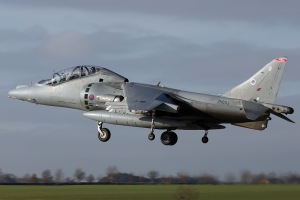

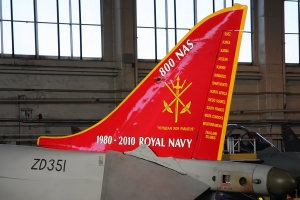


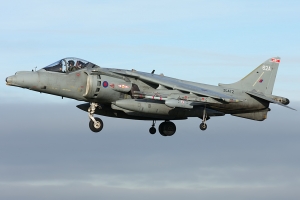











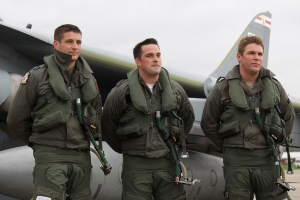
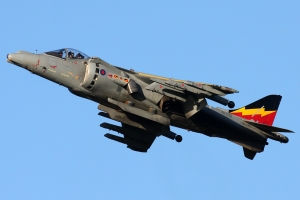
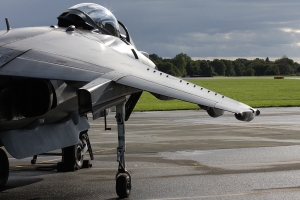
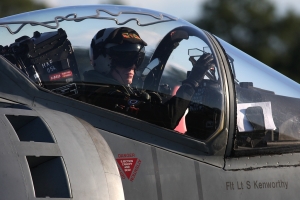

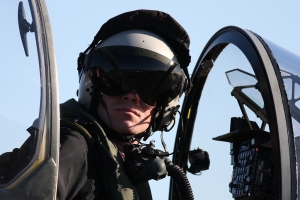
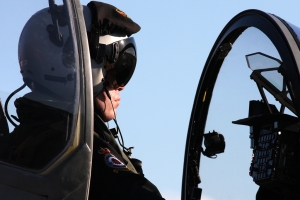



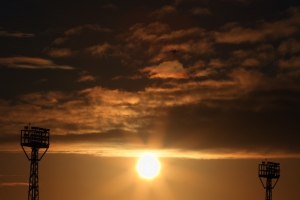
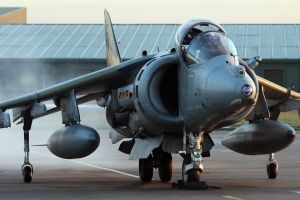


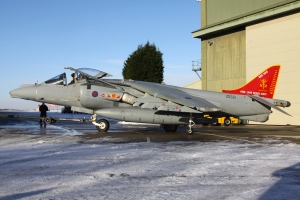



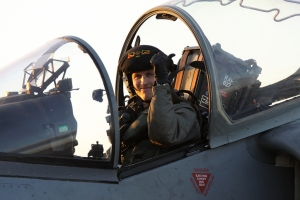
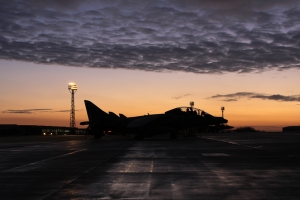

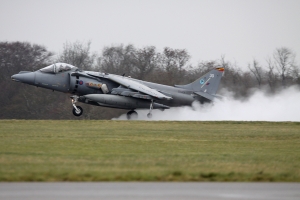


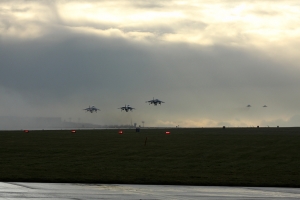
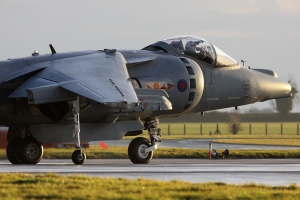



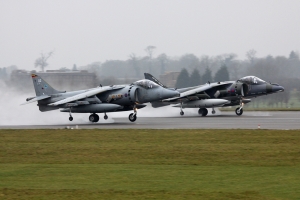


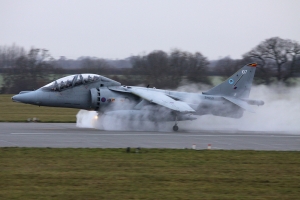

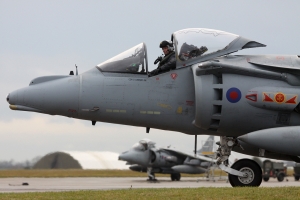



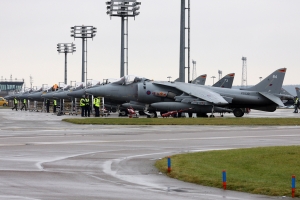




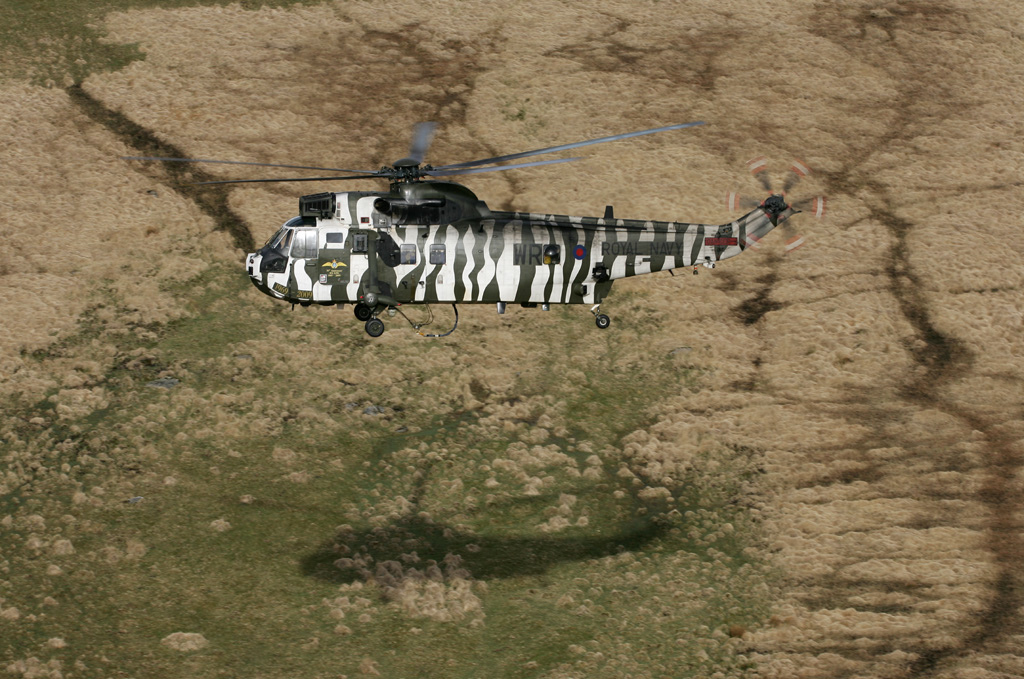
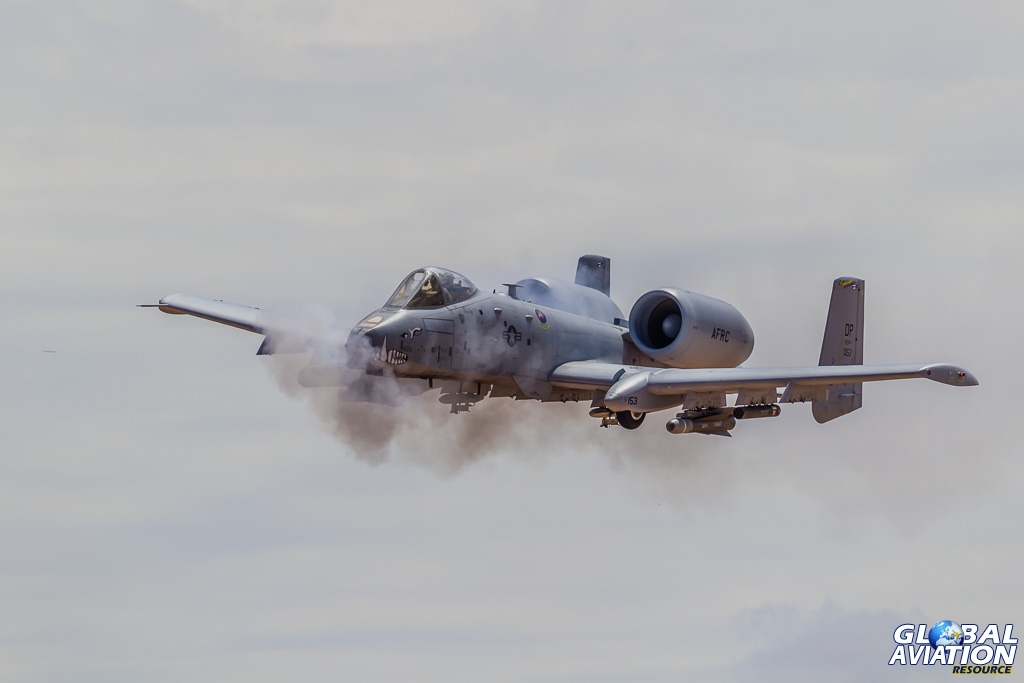
Please please please, put one Harrier back in the air, just for airshows, if you never do anything else, I have told my children, my wife and friends all about the many times I have seen these fly at air bases and at air shows, what a treat it would be to show them why I keep banging on about them, you only need to see it fly once to be hooked!!!
Fantastic plane, my late Father flew the Lancaster but greatly admired the Harrier. We were the first to develop this type of plane even before the Americans.One wonders if this was something to do with us discontinuing our “jump Jet”??